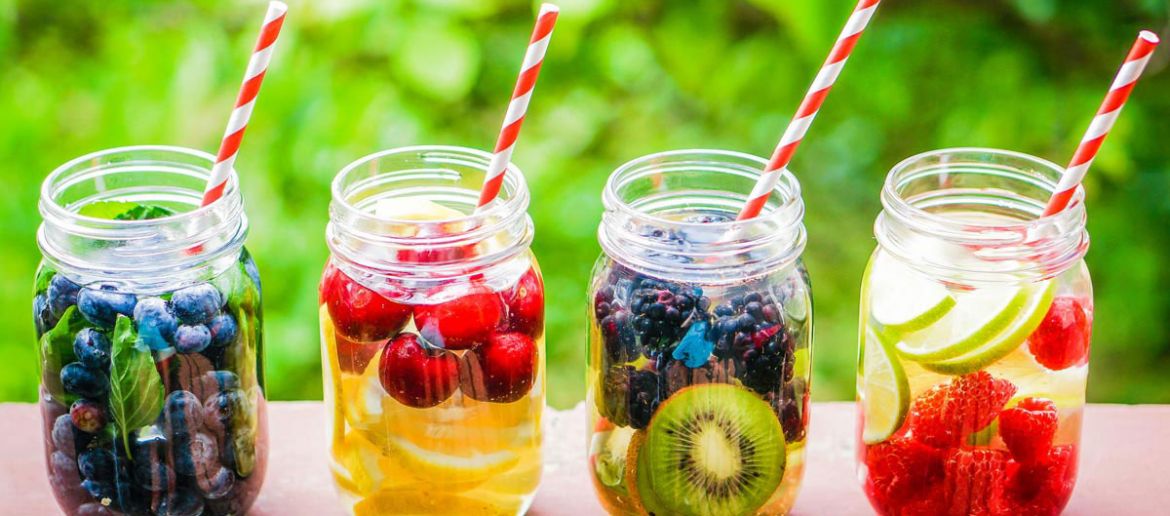
The use of ingredients as natural as possible, the marriage of cocktails with haute cuisine, the return to the origins and the traditional, the ‘less is more’, the commitment to exotic and spicy flavors, the conscious enjoyment through cocktails without alcohol or low alcohol …
“Naturalness, also in the cup”. In recent times and in all areas of life the consumer is inclined towards proposals and natural products, sustainable and healthy. In cocktails, that querencia is translated, for example, in the use of homemade bitters and syrups and in the preference for mixers and distillates that are as natural as possible.
“Kilometer zero”. Reducing the carbon footprint to ensure our future is one of the major current concerns, a concern that translates into the use of ingredients of proximity and, after reaching the culinary universe, has also reached the field of cocktails.
“Exotic ingredients”. The zero kilometer trend coexists, however, with the incessant search for new and exotic ingredients capable of surprising an increasingly traveled and expert consumer. In the bars, the ‘rare’ distillates – from ‘awhiskadas’ gins to barrel-aged vodkas – are raging, and tequilas and mezcal, sake and Japanese-made whiskeys are making an impression.
“Spices and spicy”. The internationalization of consumer trends and the establishment of foreign cuisines such as the Mexican, Peruvian or Indian, have turned spicy and spicy flavors into a global trend. The spicy helps to perceive the flavors with more intensity, besides having multiple benefits for the health and the organism ….
“Less is more”. Until very recently, the world of the combination has followed a baroque line in which the ingenuity and creativity led to a universe of botanicals that add to the gin and tonic, and that for Borja Cortina “have not done more than distort the one that is considered as the combination par excellence in Spain “. After this stage of complexity, trends in mixology are now the ‘less is more’ and simplicity, understood as an attempt to return to the purest and genuine flavors.
“Pairing with cocktails”. The ‘gastro-cocktail’, or eating with cocktails is a trend fully rooted in countries such as the United States or the United Kingdom. This alliance between mixology and cuisine arises from the need to continue awakening the curiosity and palate of the consumer and the natural evolution of the concept of pairing. A concept that not only uses the harmony of flavors, but also seeks to offer the public yet unknown sensations. In addition to offering a different experience, pairing with cocktails allows to create ideal harmonies between the dish and the drink, since each ingredient of the mixture is specifically chosen for it; something that, for example, does not happen with wine. To accompany a whole meal from start to finish, it is necessary to control the alcoholic load of the mixes betting, for example, by low-level distilled spirits -such as vermouth, limoncello, sherry wine … – or even opting for non-alcoholic cocktails.
“Versatility to power”. In this context, the cocktail and the cocktail are no longer limited to the world of the night, not even afterwork or after-dinner. The fact that more and more are taken as an aperitif or during the meal has caused the long drink to gain ground to the short drink and to demand more versatile mixers, ending the tyranny of the perfect serve.
The classics return, but reinvented. ” They say that fashion is cyclical, that everything comes back and not just on the catwalk. Therefore, after the boom of gin and tonic, other combinations have been gaining strength and taking their place, including the classics, yes, properly updated. Proof of this is that last year Old Fashioned was the best-selling cocktail in the world for the fourth year in a row, the second the Negroni and the third the Whiskey Sour, and that some of the best bartenders in the world bet on the reinvention of the cocktails of a lifetime.
